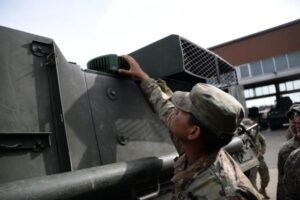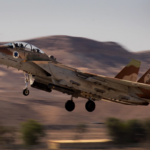
The Army said Monday it has approved the Abbreviated Capability Development Document (A-CDD) to begin going after new Navigation Warfare Situational Awareness (NAVWAR-SA) capabilities, with plans to test prototypes later this year. The signing of the A-CDD allows the Army’s Assured Positioning, Navigation and Timing (PNT)/Space Cross-Functional Team (CFT) to begin rapid experimentation of technologies to “detect, identify and locate sources of interference that deny or degrade reception of PNT.” “This A-CDD will enable us to accelerate critical NAVWAR technology…

 By
By 








